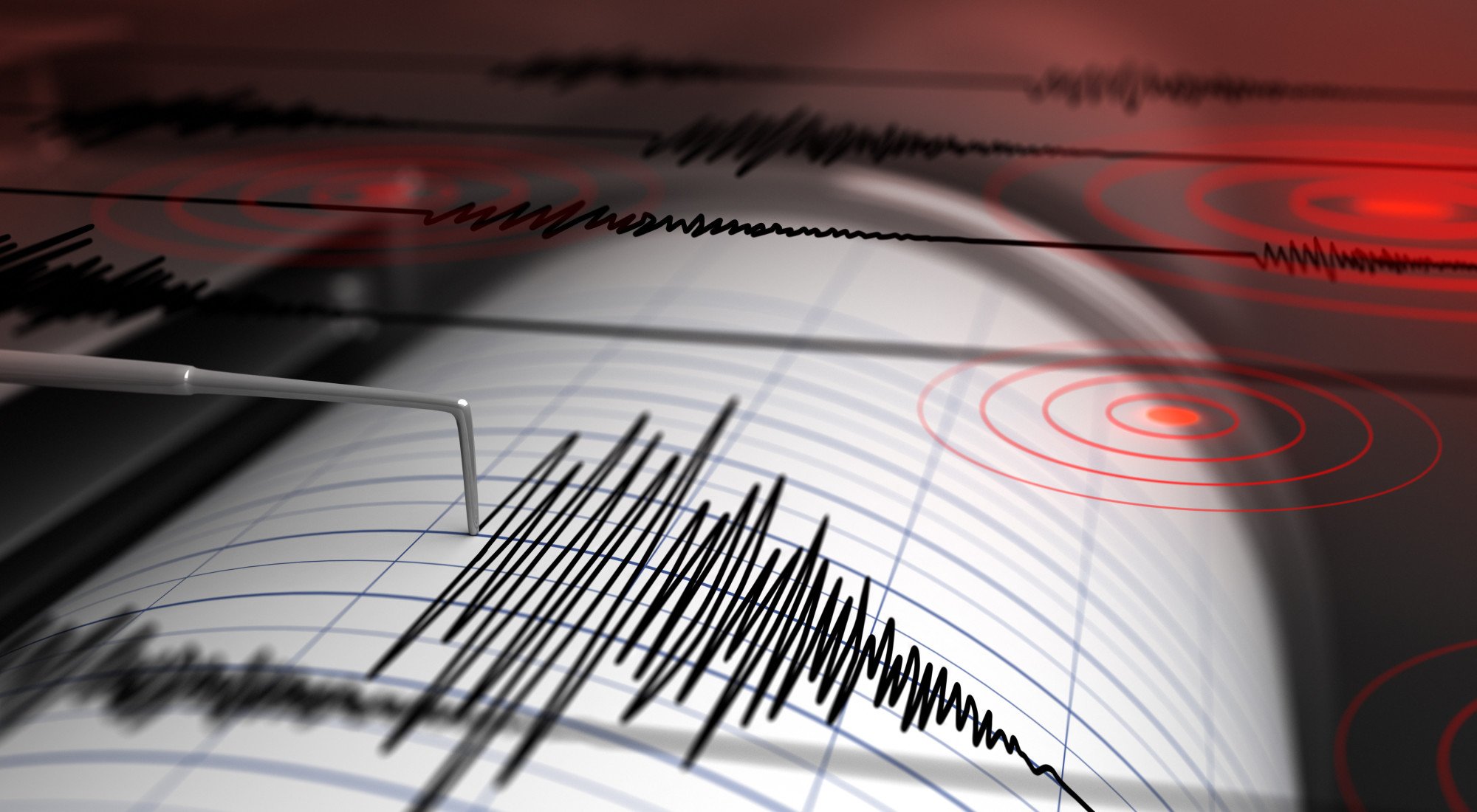What Makes a House Earthquake Proof?
Living in an earthquake-prone area can be a thrilling yet daunting experience. What if there’s a natural disaster and your house isn’t equipped to take it? How do you make sure your home is earthquake-proof?
Read on to discover what makes a house earthquake proof and learn some tips for making your home quake-ready. With the proper knowledge and preparation, you can feel secure and safe in your home during an earthquake, no matter where you are.
Contents
Structural Protection
Structural protection is one of the key elements needed to make earthquake proof house. The design of a house should take the risk of possible seismic activity into consideration. Reinforcement in walls and on piles can add to the stability and better absorb the tremors.
Houses built on stilts or piers lessen the impact of an earthquake. Similarly, houses that undergo bracing or bolting between the walls and the foundation make them more stable when dealing with seismic activity.
Reinforcing the roof will also reduce the likelihood of its collapse in an earthquake. Structurally sound materials also make for a better choice when building. Examples of these are cement and steel. They can provide better protection for the residents.
Finally, make sure to check with local building codes. This can also help ensure the house is equipped to deal with seismic activity.
Strengthening Foundations
There are several ways to strengthen a foundation. This includes installing steel reinforcing bars and poured concrete walls/slabs, anchoring the foundation to the walls with metal connectors, and bolting the home to its foundation.
Additionally, it is essential to ensure that the soil around the house is tightly compacted and well-drained. There are also Earthquake Retrofitting services available for homeowners. With this, professionals take a look at your house and retrofit any necessary changes.
All of these steps help to prevent the foundation from shifting during an earthquake.
Installing Shock Absorbers
Shock absorbers are made out of several different materials. Examples are steel plates, rubber bands, and steel cables. They are installed on a house’s exterior and interior walls in strategic locations. These are the corners and around doors and windows.
They absorb the energy transfers that earthquakes create and redirect it away from the buildings. This reduces the chances of damage. Shock absorbers can also help reduce the shaking and vibrating the house experiences during an earthquake.
Identifying Areas Vulnerable to Shaking
It is essential to be aware of any nearby faults and other potential seismic sources. When assessing earthquake risk, soil type, geology, and nearby buildings should also be considered.
Adequate seismic bracing should be installed on walls, floors, and roofs. This is to ensure the structure remains stable during an earthquake. For additional protection, special foundation systems, like base isolators, can be installed. This can prevent the house from shifting from its foundation.
Finally, proper maintenance is essential for a safe and strong structure. So, regular inspections should be done.
Make Your House Earthquake Proof Today
The best way to make a house earthquake proof is through good structural engineering and quality material. Earthquake-resistant designs, such as moment frame walls, shear walls, and base isolators, should be employed in the building. Investing in these safety measures can be the difference between disaster and survival.
Be sure to consult a qualified contractor to make sure your home is safe and secure!
Check out our page today for more helpful tips!

